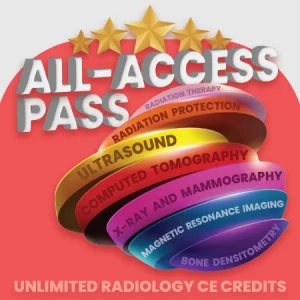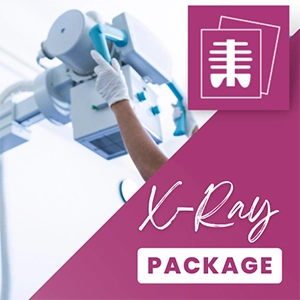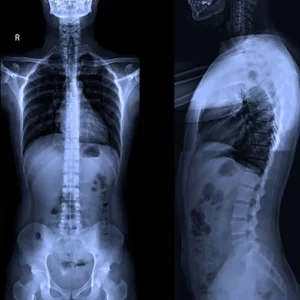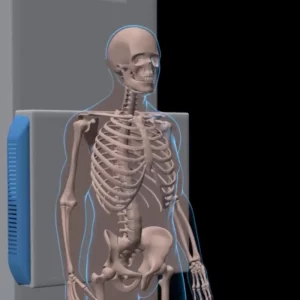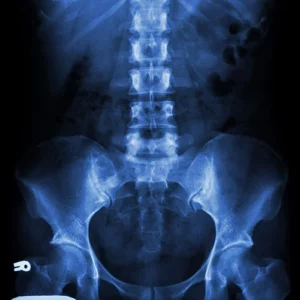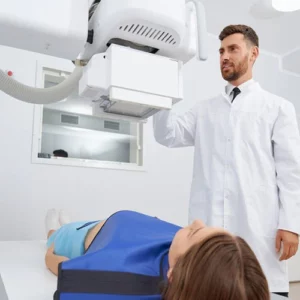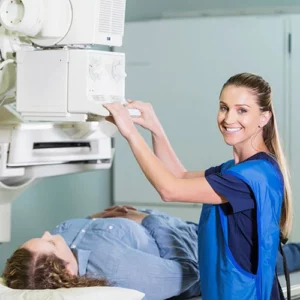X-Ray CE Credits
A robust library of interactive X-ray continuing education courses to earn X-ray CE credits for your ARRT ® certification & renewal


Welcome to Medical Professionals’ X-ray continuing education (CE credits) library! Get started on meeting your ARRT ® or state certification renewal requirements today. All of our X-ray CE courses have been approved by the American Society of Radiologic Technologists (ASRT). As such, we confidently guarantee that any and all X-ray CE credits you acquire through us will be accepted:
- By state registries in the USA and Canadian territories for all licensed radiologic technologists
- By the Nuclear Medicine Technology Certification Board NMTCB®
- For the American Registry of Radiologic Technologists ® ARRT ® license renewal
Read more
Just a quick note about terminology: we use the terms X-ray continuing education credits, X-ray CE credits, and X-ray CEUs here interchangeably. We recognize that imaging professionals working in different states or territories may use different continuing education terminology. While these terms vary somewhat from place to place, they all refer to the same concept and unit of measure, and we want to assure all rad techs that our CE courses can meet their CE requirements, no matter what terminology is used.
Note: It is the responsibility of each imaging professional to ensure that topics covered in any given X-ray continuing education course satisfy any specific requirements that may exist for the individual state(s) in which they practice.
Image | Course | Description | CE Credits | Buy now |
|---|---|---|---|---|
Unlimited CE credits for your ARRT® & state renewal. Get unlimited continuing education courses to take you beyond certification. A CE plan that makes achieving excellence easier than ever. | 200+ CE Credits | |||
The best X-Ray package for ARRT® and state renewal! Get one-year access to our full X-Ray continuing education library of 19 courses and meet all your X-Ray CE and CQR requirements in one place. | 63+ CE Credits | |||
The Spine X-ray course provides an in-depth review of imaging techniques and radiographic positioning for spine X-ray procedures. | 2.25 CE Credits | |||
Through the X-Ray Positioning Guide, you gain the ability to select the region of interest, and various patient and radiographic positions, determine center ray location, assess evaluation criteria, and interpret image indications effortlessly. | 3.25 CE Credits | |||
The module will examine procedures and protocols for pelvis X-ray imaging. It will detail key aspects of a pelvis X-ray protocol, including pelvis anatomy, common pelvis pathologies, and functional aspects of the pelvic region. | 2.00 CE Credits | |||
This course covers radiographic abdominal imaging, such as common projections, essential positioning for abdomen X-rays, and image critique skills. It also addresses abdominal anatomy, effective communication, radiation protection, and patient instructions. | 1.75 CE Credits | |||
In this comprehensive course, we will delve into the intricate details of the anatomy and positioning techniques specific to the skull, sinuses, and facial bones. We aim to provide attendees with a comprehensive understanding of these critical anatomical structures within the head, along with the specialized positioning required for imaging them accurately. | 3.25 CE Credits | |||
This interactive course assists Rad Techs in following NIH and WHO guidelines. It reviews hand hygiene techniques, isolation & infection control procedures, the prevention role of the RT, and occupational exposure management. | 2.25 CE Credits |

